NASCAR Next Gen Ford Mustang
Fasten your seatbelts, Griffin MSI!
This frosty fan favorite brought guests as close as you can get to a glacier without taking a flight. In its new location it will bring the science of heat and energy transfer to life.
James Balog and his Extreme Ice Survey team travel to remote regions of the world to capture stunning images of our planet’s rapidly disappearing glaciers. These photographs and time-lapse videos are showcased in Extreme Ice, a temporary exhibit of this visual evidence of climate change in a unique and emotional presentation.
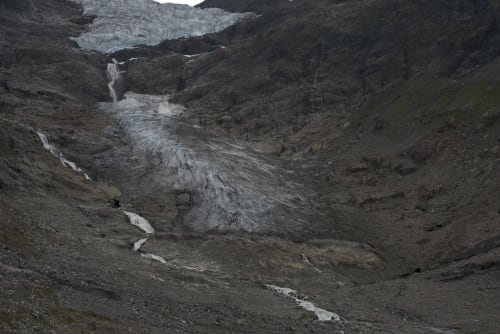
For over 10 years, Balog and his team have deployed high-resolution time-lapse cameras in locations across the continents, from Montana to Mount Kilimanjaro. Going to places that few can visit, the Extreme Ice Survey’s cameras have captured events that no eyes could observe as fully. Extreme Ice allows you to watch the glacier melting that has already taken place in this short span, and provides compelling evidence for how much more is in store.
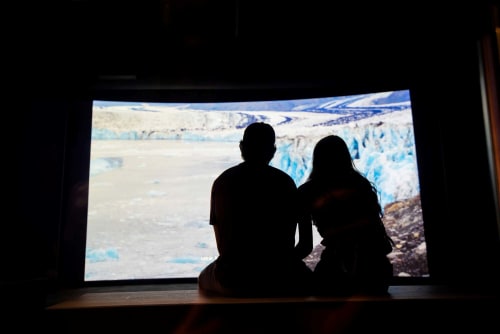
There are many ways to save one metric ton of CO2. Now that you’ve experienced the power of the beautiful and shocking images in Extreme Ice, take a deep breath and think about how you want your world to be. What can you do to up the ante in the fight against climate change? There's a ton you can do. Every metric ton of CO2 kept out of the atmosphere saves 32 square feet of summer sea ice in the Arctic Ocean from melting, equivalent to a life raft for a polar bear. What’s so great about sea ice? It reflects more of the Sun’s rays back into space, compared to open ocean. By slowing the melting of sea ice, we can help slow down the runaway effects of climate change.
Everyone likes to travel. Help a ton by taking these challenges:
Who says you need to buy new stuff? Each of the changes below prevents one metric ton of CO2 from getting into the air (the math):
You can also eat your way to reducing your impact on the climate!
Share Ideas. Finally, you can "help a ton" by getting involved in your neighborhood, your town, your state and your nation:
Extreme Ice is presented by the Aunt Marlene Foundation with additional major support from the Malott Family Foundation. Other funding provided by Paul M. Angell Family Foundation, The Buchanan Family Foundation, Connie and Dennis Keller, and The Wareham/Elfman Family.
Coming Soon
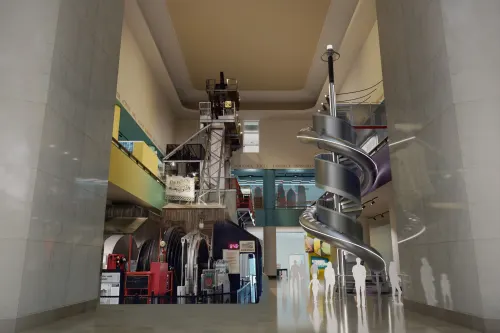
Opening in 2026, Powering the Future will explore history the energy industry and look forward to exciting innovations.
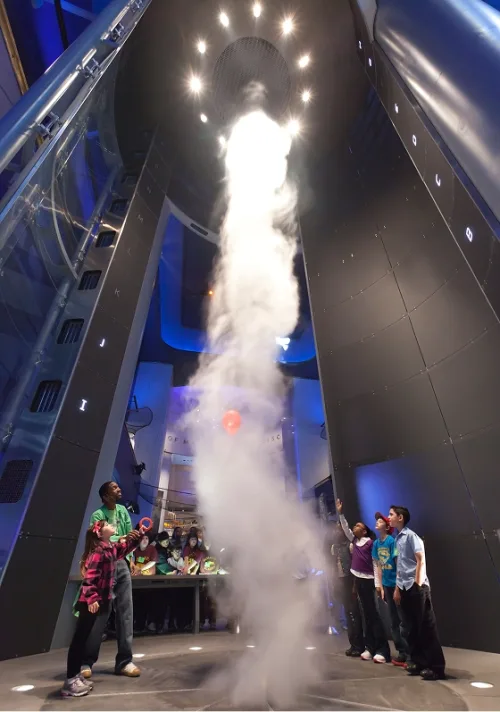
It isn't every day you get to step into a tornado. (Except any day at Griffin MSI.)
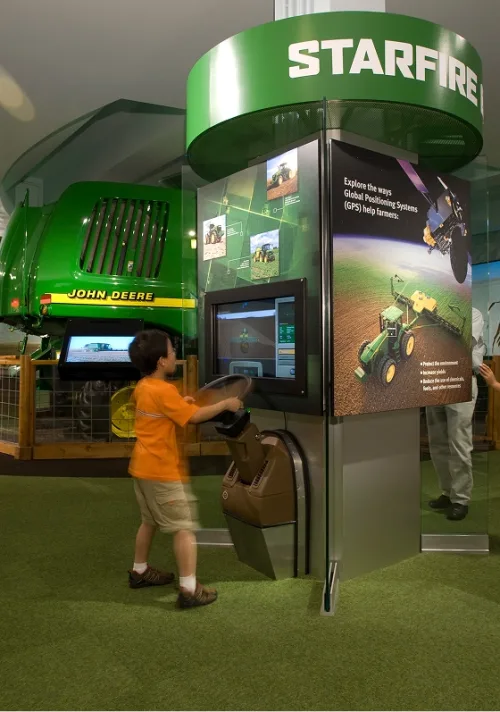
Farm Tech shows you the science and technology helping to raise the world's food and keep up with a growing demand.
© 2025 Kenneth C. Griffin Museum of Science and Industry